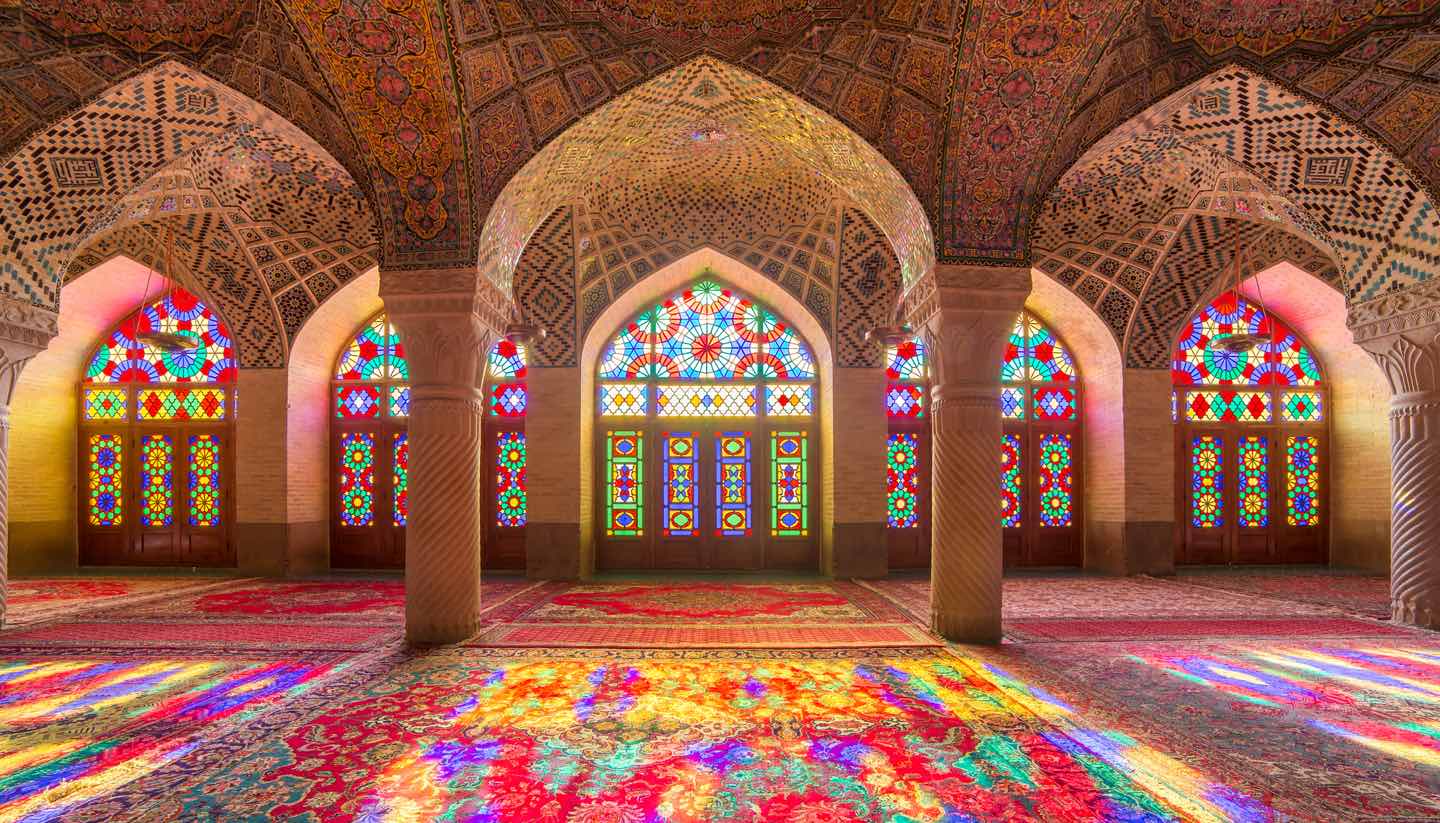Iran History, Language and Culture
History of Iran
The history of Iran is bound up in the rise and often-chaotic fall of successive ruling groups. In the 6th century BC, the first Persian Empire was founded by Cyrus the Great, which was overthrown by Alexander the Great some 200 years later, after which came a long chain of invasions from Arabs, Turks and Mongols, among others. Islam arrived in the 7th century.
It wasn’t until the heights of the Safavid dynasty in the late 1500s that the Persian Empire could really be said to have regained greatness. The period was marked by lengthy wars with the Ottomans and opulent buildings, many of them religious, as the Shia form of Islam was cemented in the country.
By the 19th century, European influence was beginning to be felt strongly, exacerbated after the discovery of oil in the early 1900s. In the 1970s, the economic mismanagement and secular lifestyle of the ruling Shah was a catalyst for the 1979 popular revolution, spearheaded by Ayatollah Khomenei, and Iran became an Islamic Republic. A lengthy war with Iraq followed after Saddam Hussein sought to capitalise on Iranian instability by suddenly invading, and relations remain complicated between the two countries.
Nearly four decades since the revolution, the regime of the Ayatollah endures, and Iran remains a powerful force in the region. For more than a decade, Washington and Tehran were at odds over Iran's suspected development of nuclear weapons, but the very real possibility of war between the two powers rapidly ebbed away when the moderate President Hassan Mahmoud Rouhani was elected in 2013, replacing the more hardline President Ahmadinejad.
Since then, a surprising detente has taken place between the US and Iran, with an end to economic sanctions and a groundbreaking treaty over Iran's nuclear programme recently struck. Relations between Iran and a number of other Western powers have also begun to normalise, giving hope that the country can regain its status on the world stage.
Did you know?
• Neckties were banned in Iran in 1979 after the Islamic revolution.
• Iran is thought to have built the earliest known windmills.
• In 2013, Iran announced it would put a Persian cat in space.
Iran Culture
Religion in Iran
According to the Iranian government, which does not officially recognise the existence of non-religious Iranians, 90-95% of the population associate with the Shia branch of Islam, while 5-10% associate with the Sunni and Sufi branches of Islam. The remaining 0.6% are non-Islamic religious minorities, including Baha’is, Mandeans, Yarsanis, Zoroastrians, Jews, and Christians.
Social Conventions in Iran
Visitors should avoid contentious political subjects in conversation. In general, “liberal” Western influences are discouraged by authorities. Handshaking is customary, but not with members of the opposite sex. It must be remembered that intimate relations between non-Muslim men and Muslim women is illegal, and may incur imprisonment. Iranians are incredibly hospitable and like to entertain. It is customary to be offered tea, and guests are expected to accept hospitality. Dress should generally be conservative and discreet – women should cover their heads in public and wear loose clothing. During Ramadan, smoking, eating and drinking in public are prohibited between sunrise and sunset.
Language in Iran
Persian (Farsi) and Persian dialects are the most widely spoken language, used by 53% of the population. Turkic and Turkic dialects and Kurdish are also used. Arabic is spoken by 1% in Khuzestan in the southwest, and Turkish in the northwest around Tabriz. English, French and (to a lesser extent) German are spoken by many businesspeople and officials.


